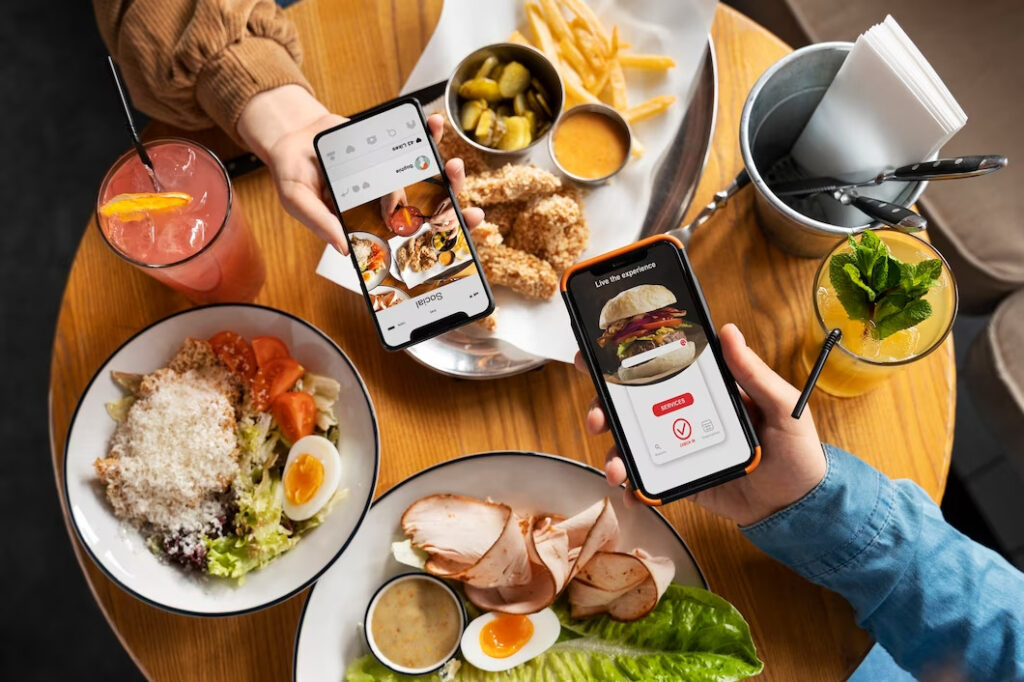In recent years, the food industry has witnessed a revolutionary concept known as “cloud kitchens.” Also referred to as ghost kitchens, virtual kitchens, or dark kitchens, these establishments have completely transformed how food is prepared, delivered, and consumed.

In this article, we will delve into cloud kitchens, exploring their origin, working model, benefits, and significant impact on the food industry.
The Birth of Cloud Kitchens
Cloud kitchens emerged as a response to the growing demand for food delivery services. With the rise of online food delivery platforms, traditional brick-and-mortar restaurants faced challenges in meeting the expectations of time-conscious customers. This led to the birth of cloud kitchens, which are purpose-built facilities dedicated solely to food preparation for delivery.
Working Model of Cloud Kitchens
Cloud kitchens operate in a fundamentally different way compared to traditional restaurants. They focus exclusively on delivery and takeaway orders, without offering dine-in options. These kitchens are typically equipped with commercial-grade cooking equipment and staffed by a team of chefs, cooks, and kitchen assistants. Rather than relying on foot traffic, cloud kitchens rely on online platforms to receive and process orders, allowing them to serve a wider customer base.
Benefits of Cloud Kitchens
- Cost-Efficiency: Cloud kitchens offer a cost-effective solution for aspiring entrepreneurs and established restaurant owners. By eliminating the need for a physical dining space and reducing overhead costs associated with maintenance, rent, and staffing, cloud kitchens enable businesses to focus their resources on quality ingredients and efficient operations.
- Increased Flexibility: Cloud kitchens provide unparalleled flexibility to restaurateurs. They can quickly adapt their menus, test new concepts, and even operate multiple brands from a single location. This flexibility allows chefs and entrepreneurs to explore culinary creativity and cater to diverse consumer preferences without the constraints of a fixed physical space.
- Enhanced Reach: Cloud kitchens transcend geographical limitations. They can operate in any area with access to delivery services, enabling businesses to reach customers far beyond the constraints of their physical location. This expanded reach opens up new avenues for growth and revenue generation, making it easier for businesses to tap into untapped markets and target specific customer segments.
- Improved Operational Efficiency: With a streamlined focus on delivery, cloud kitchens optimize their operations for efficiency. By eliminating distractions such as serving customers in-house, they can concentrate solely on food preparation and timely delivery. This results in improved order accuracy, faster service, and a better customer experience.
- Data-Driven Insights: Online food delivery platforms provide valuable data insights to cloud kitchens. They offer information on customer preferences, order patterns, and market trends, enabling cloud kitchen operators to make data-driven decisions. This wealth of data helps in refining menus, personalizing offerings, and optimizing operations to meet customer demands effectively.

Impact on the Food Industry
The rise of cloud kitchens has brought about a paradigm shift in the food industry:
- Increased Entrepreneurship: Cloud kitchens have lowered barriers to entry for aspiring restaurateurs. With reduced startup costs and operational complexities, individuals with culinary talents can now bring their unique food concepts to the market more easily. This has resulted in a surge of culinary entrepreneurship, fostering innovation and diversity in the food industry.
- Reinvention of Established Brands: Established restaurant chains have also embraced the cloud kitchen model as a means to adapt and thrive in the changing market landscape. By leveraging their existing brand recognition and infrastructure, they can extend their reach and experiment with new concepts without significant capital investments.
- Growth of Virtual Restaurant Brands: Cloud kitchens have given rise to a new breed of restaurant brands known as virtual restaurants. These brands exist solely on online platforms, without any physical presence.
Learn more at Wiki as well.
